What You Need to Know About Linen Embroidery
Ane of the questions I get asked a lot is this: which textile do you apply? But information technology is not that elementary – and withal it is very uncomplicated to answer. I don't always employ the aforementioned fabric for embroidery and neither should you!
Withal, in the starting time, information technology is hard to tell which materials work for embroidery and which are just way to hard to utilise for a beginner. Preferences also play a office in this game. Some people like more rustic middleweight linen, some like thinner cotton fiber fabrics or fifty-fifty felted wool material.
And then don't be shy and try out several fabrics that you lot have at hand (like an sometime pillowcase or fabric napkins).
Become even more embroidery tips for beginners in the beginner guide.
Disclaimer: This article contains affiliate links.
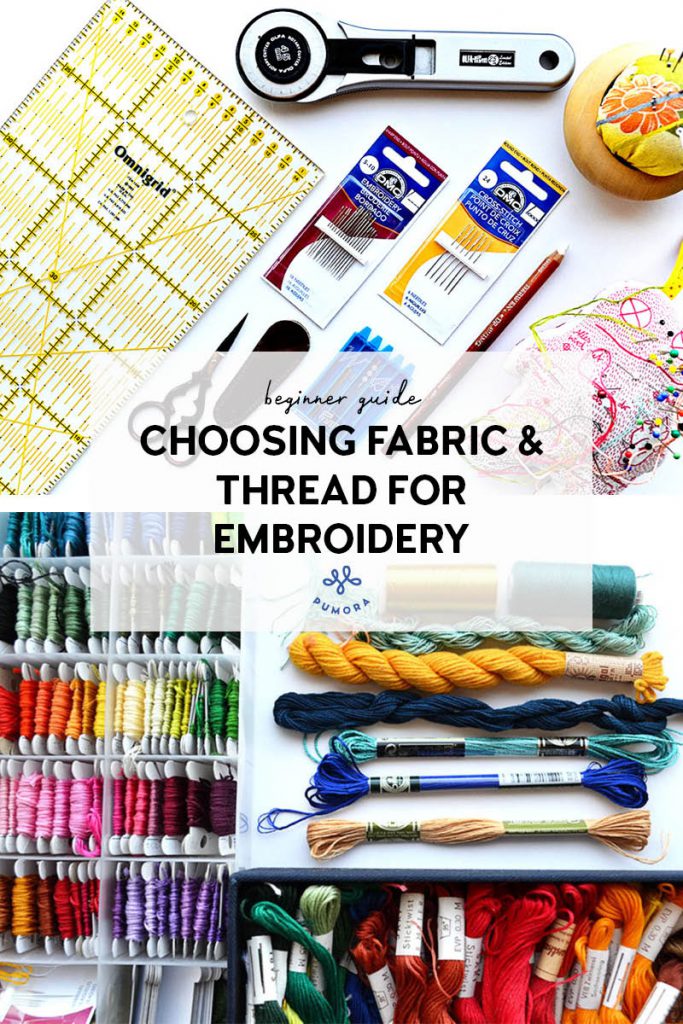
Embroidery Fabric
There is not one embroidery cloth for everything. So the answer to which fabric to cull is very much depending on your project. Even so, there are some rules of pollex:
- the smaller and finer your project is, the effectively your fabric should be
- evenweave linens or aids fabric is for counted cross run up and other counted stitch types
Which cloth practice I use for embroidery?
For most of my embroidery patterns (except cross sew) I employ fine linen or cotton wool fabric with 3 strands of 6stranded embroidery thread. The finer your fabric the fewer strands you accept. For most quilting fabrics for case I would choose two-3 strands of thread.
For my cross run up patterns, I use a 20ct evenweave which results in xl crosses on 4inch and use six strands of threads.
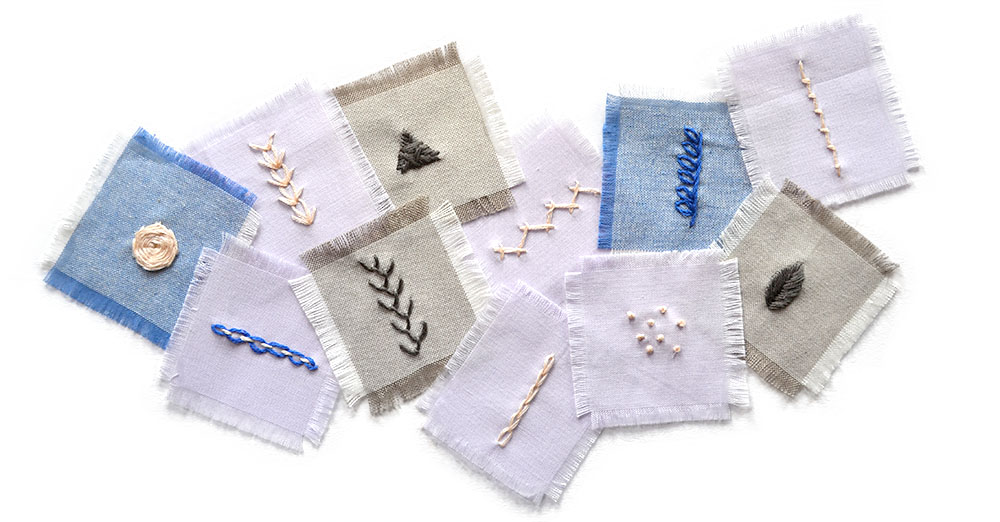
The best beginner fabric for embroidery
Is your head spinning when yous want to just buy a piece of fabric and see the vast corporeality of options? I get that! Here is what I observe the easiest and cheapest cloth to starting time with: muslin (called calico in the United kingdom). There is another fabric chosen muslin that is more of a cheesecloth – very sparse and loosely woven. That's not easy to use for embroidery, so check the piece of work calico to be on the safe side.
I know the terminology of fabrics volition make you run away pretty fast, so I'll spare you lot the details and give y'all a list of search terms that you tin employ to go the right fabric in your local store or online.
Beginner friendly fabrics:
- quilting cloth (I like the Kona cotton fiber solids)
- middleweight linen
- plain cotton fiber muslin (it is called calico in the UK)
Fabrics to avoid as a beginner:
- satin and other very smooth and shiny fabrics
- jersey and other stretchy fabrics
- velvet, corduroy, and fleece
- gauze and very thin and transparent fabrics
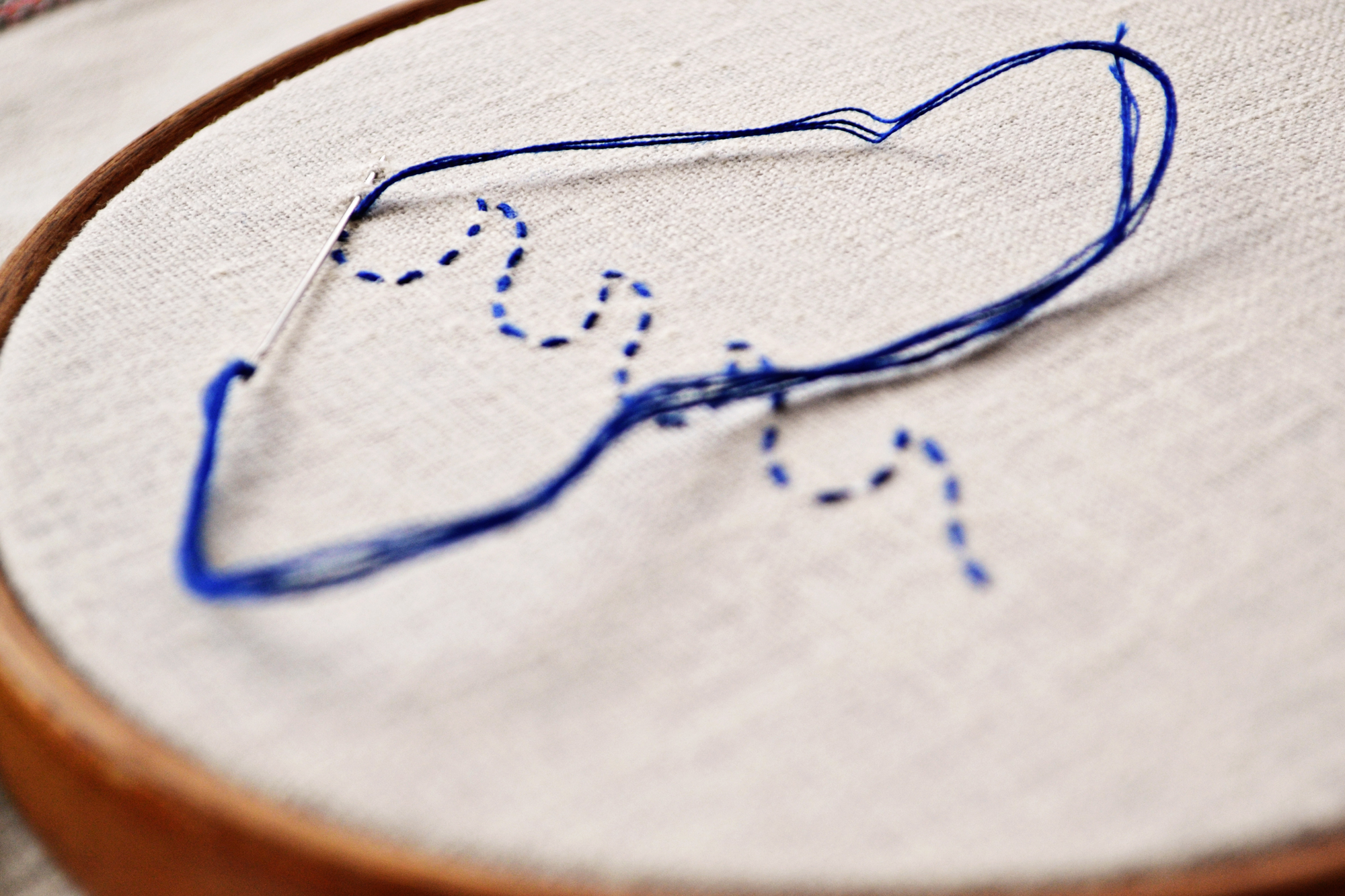
BEGINNER EMBROIDERY EBOOK
35 pages filled to the brim with answers to beginner questions
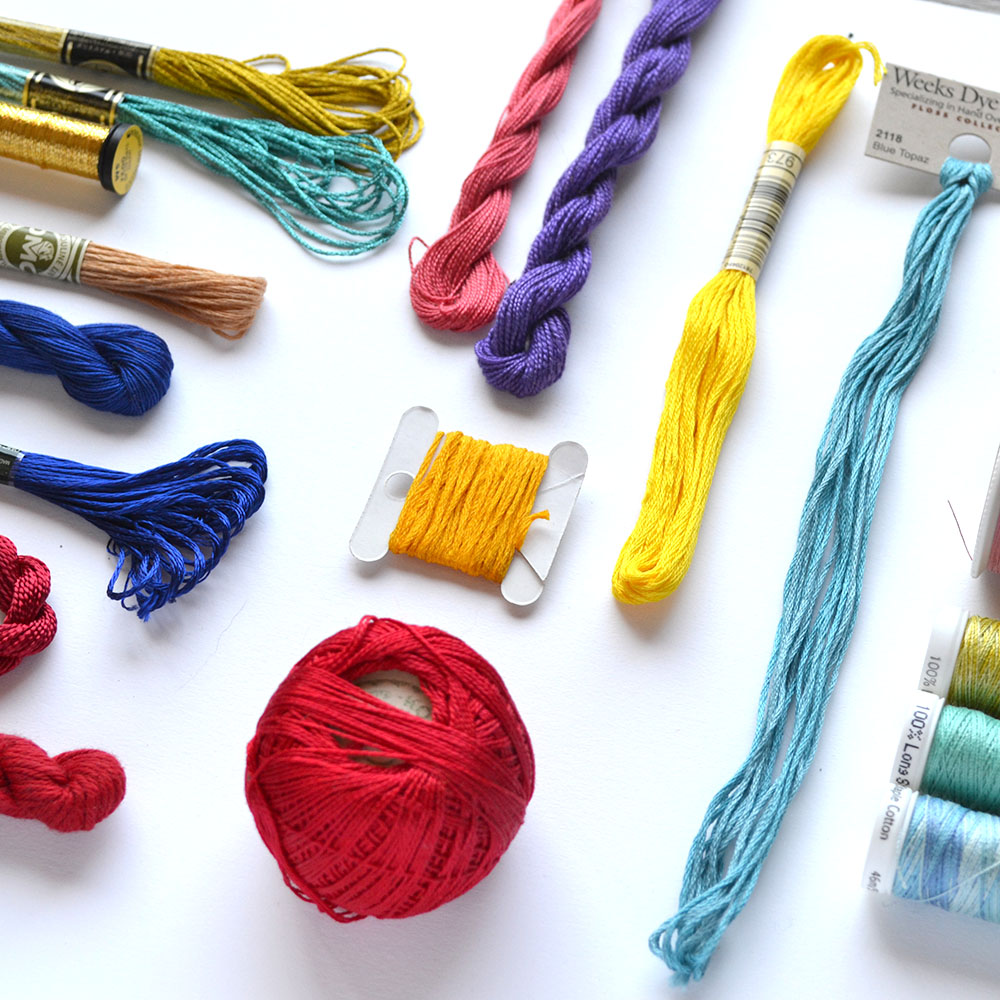
Embroidery Thread
Like with fabric there are a lot of different varieties of threads available. To brand the searching procedure easier for you here are the two unremarkably used types of embroidery thread. At that place are many more, both these two are the nearly commonly used ones in modernistic embroidery patterns.
6 stranded embroidery floss
Stranded embroidery floss is the standard material used for modern embroidery. The thread consists of vi unmarried cotton wool threads that you can split easily.
The carve up threads make it very simple to adapt the thickness of your thread and then yous don't need a huge diversity of different threads in each color.
Stranded embroidery floss is available in a huge multifariousness of colors and is commonly accessible in stores locally and online.

Pearl cotton fiber
Pearl cotton (likewise called Perle cotton) is a twisted thread looking a fiddling fleck rope-like. It has a beautiful texture and behaves slightly differently than stranded embroidery floss. Pearl cotton thread is not dividable and is available in different thicknesses.
The higher the number of the thread (e.g. Pearl no. five) the finer/thinner is the thread. And so Pearl no. 3 is thicker than no.5.
The pearl 3 is virtually the thickness of a full 6 strands of embroidery floss. A pearl 8 is about the same thickness as 3 strands of embroidery floss.
So which one should you use?
Nearly modern patterns phone call for stranded embroidery floss. If you lot desire to starting time out, choose your favorite colors and go with embroidery floss.
However, pearl cotton tends to be a petty bit sturdier, then if you plan to embellish uncomplicated motifs on bags or other items that are going to be used rather than displayed on a wall, pearl cotton might be the meliorate choice.
You lot tin buy embroidery floss colors individually for specific projects but if you desire to try it out first, you lot might enjoy a colour-coordinated set similar this pastel one or this rainbow set from Sublime Stitching. Or get with Pearl cotton on Etsy.
Do you want more tips and tricks on paw embroidery?
Bring together the Tutorial Alert! It is a biweekly newsletter that contains information almost new tutorials & articles on Pumora, tips & tricks, and promotional content similar new embroidery patterns or special discount codes.
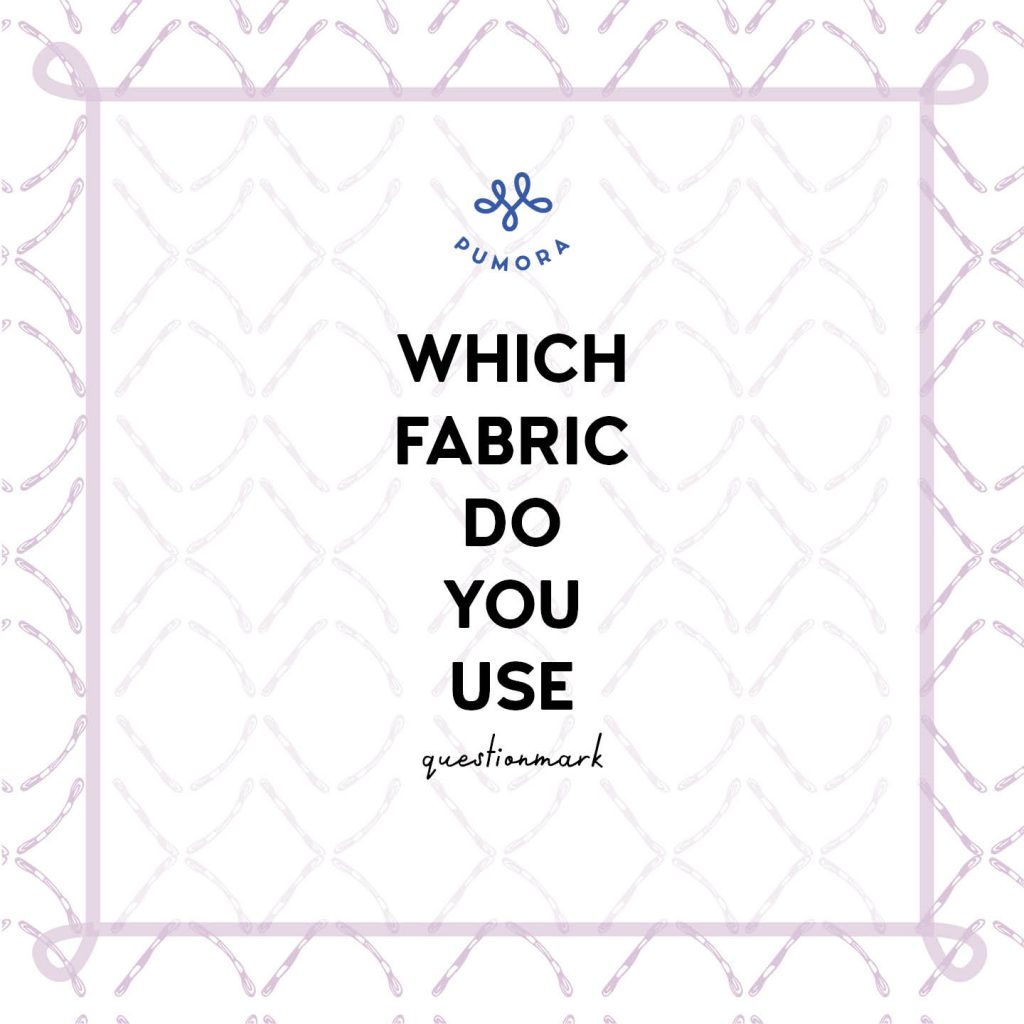
Source: https://pumora.com/embroidery-for-beginners-choosing-fabric-and-thread/
0 Response to "What You Need to Know About Linen Embroidery"
ارسال یک نظر